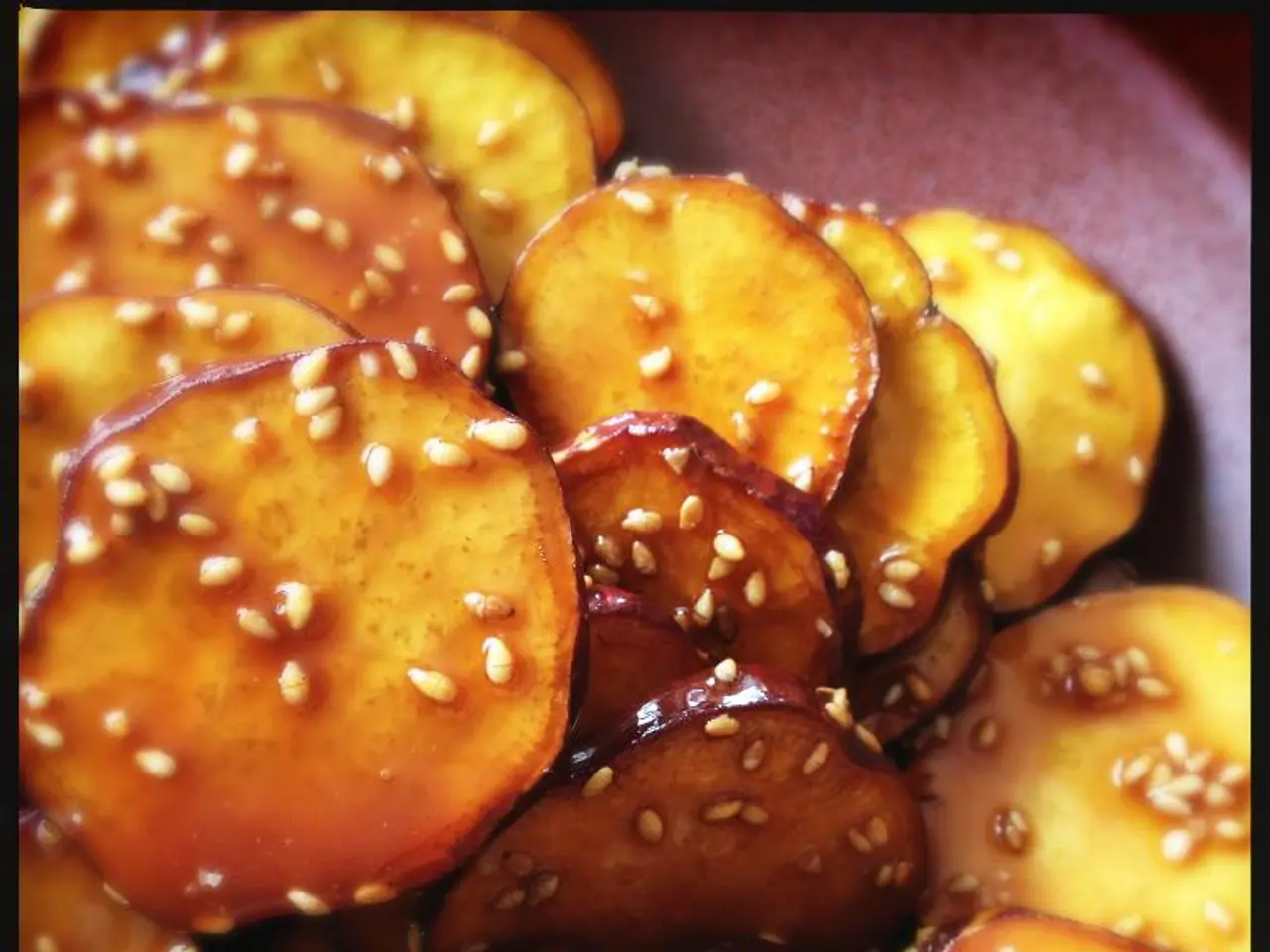Legacy Culinary Traditions: Savoring the Incorporation of Culture in Every Bite
In the modern world, ancient grains like einkorn and farro are making a comeback in kitchens around the globe, linking us to the dietary practices of early civilizations. This resurgence is just one example of the enduring connection between food and our cultural roots.
Food has a unique ability to tell stories, and nowhere is this more evident than in Italy, where regional specialties offer a glimpse into the land and the people who harvested its offerings. From the culinary nuances of Tuscany to the vibrant flavours of Sicily, Italian family recipes reflect the rich tapestry of Italy's history and traditions.
Similarly, genealogy research can offer fascinating insights into a family's past, revealing pivotal details about where ancestors might have lived and the foods they likely enjoyed. This connection between genealogy and culinary practices is becoming increasingly apparent, as families delve deeper into their heritage to uncover the stories behind their family recipes.
These heirloom recipes encapsulate the history, traditions, and identity of families and the cultures they belong to. They often embody the unique ingredients, cooking methods, and flavours specific to a culture or region. For instance, an Indian family recipe might vary distinctly between Punjabi and South Indian traditions, offering a tangible link to the history and customs of those cultures.
Family recipes are not just a collection of ingredients and instructions; they are a living archive of cultural heritage and genealogy. They are passed down through generations, often with each cook adding their own variations. This ongoing process preserves not only the recipe itself but also fosters a sense of continuity and belonging among family members. Through these recipes, family stories, memories, and traditions are shared and kept alive, making them a form of oral and practical genealogy.
These recipes often carry emotional significance, being associated with special occasions, loved ones, or communal family moments. Preparing and sharing these dishes can honour ancestors and keep their spirit present in the family.
As families become more geographically dispersed, the transmission of recipes becomes a powerful tool for maintaining connections across generations and distances. This is particularly true in a world where the wave of globalization and technological advancement poses a risk to unique family traditions. However, there is a growing appreciation for slow food and the preservation of culinary heritage.
Events like cooking classes focused on indigenous foods, international food festivals, and organisations dedicated to culinary history are efforts to honour and protect diverse culinary traditions. The fusion of flavours from different cultures, through the evolution of recipes, enriches our palates and promotes a greater understanding of cultural diversity.
For example, the marriage of Greek feta cheese with Mexican avocados in a fresh salad highlights how food can be a melting pot of cultural elements. Similarly, the adaptation of traditional Mediterranean ingredients into modern American dishes is an example of this cultural convergence.
By preserving culinary traditions, we not only ensure their survival for future generations but also find a sense of comfort knowing that a piece of home is always a kitchen away. So, explore your family's history and record their recipes. You might just discover the essence of your own cultural identity.
- In the context of Italy, local history and heritage are reflected in regional food-and-drink specialties, providing a glimpse into the lifestyle and cultural roots of the people.
- The connection between genealogy and culinary practices is becoming increasingly apparent, as families delve deeper into their heritage to uncover the stories behind their family recipes, offering a tangible link to their cultural past.
- Events like cooking classes focused on cultural-travel cuisine, international food festivals, and organizations dedicated to culinary history are efforts to preserve diverse food and drink traditions, enriching our palates and promoting a greater understanding of cultural diversity.





